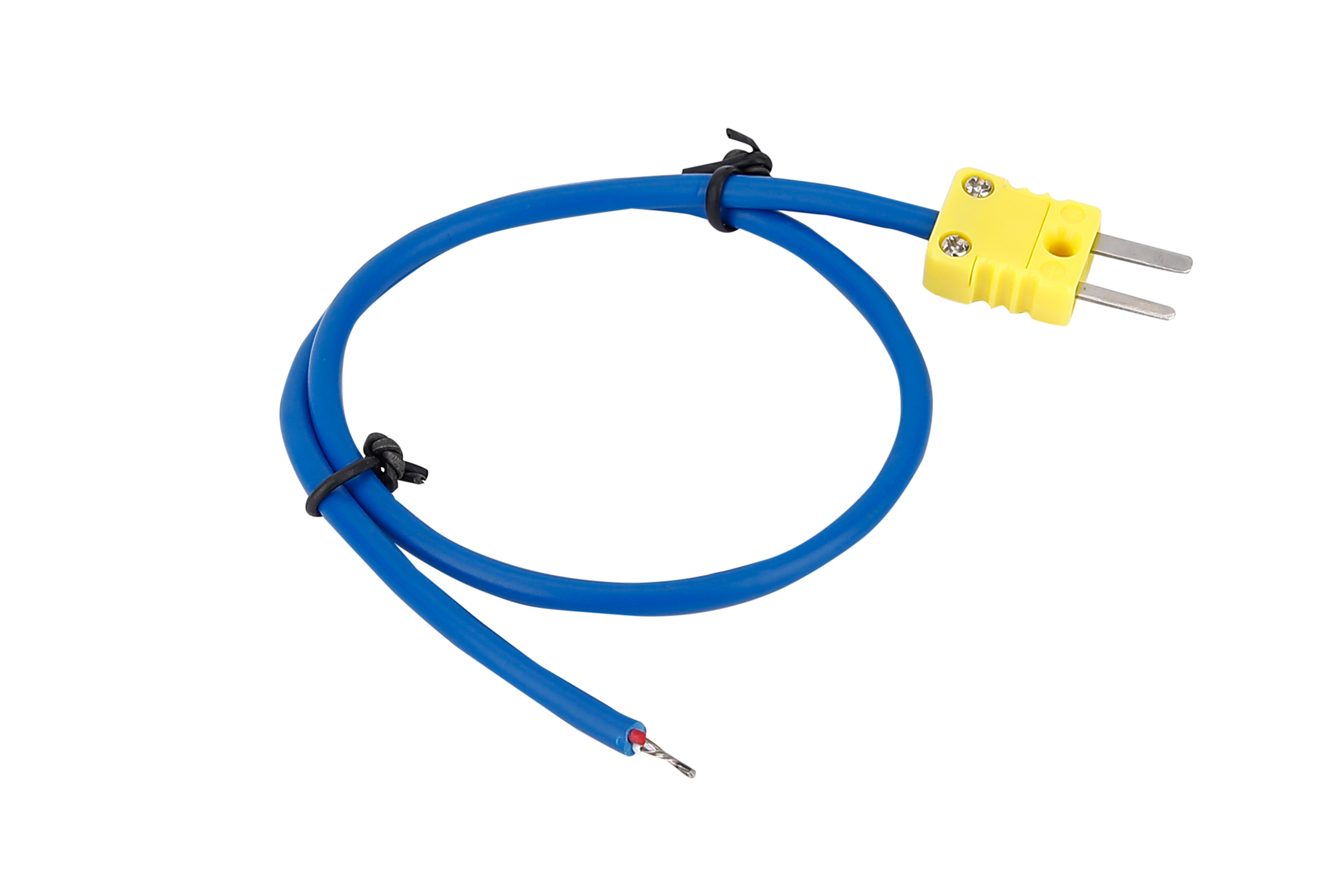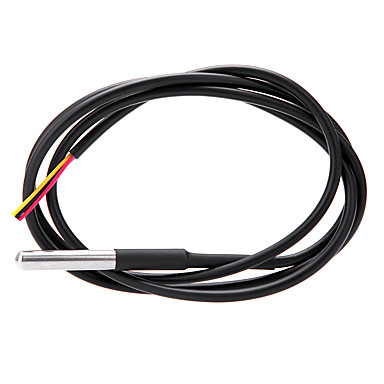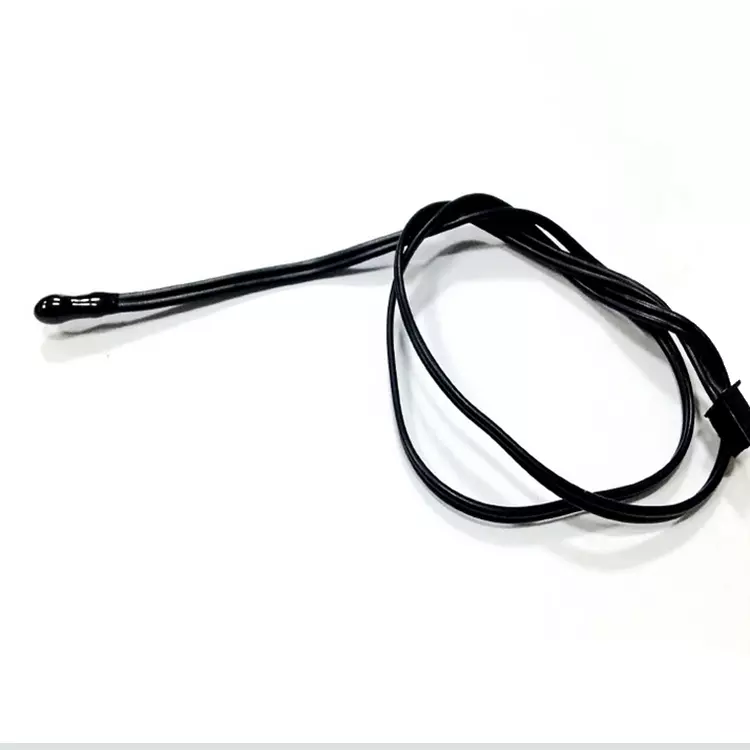Temperature sensors are among the most common sensors applications found across various of industries including automotive, household appliances, medical industry, industrial equipment and more.
Four main types of temperature sensors - thermocouples, digital temperature sensors, RTDs, NTC s are mostly used with low cost but high quality performance
Thermocouples are widely used where cost, simplicity, and wide operating range are paramount and extremely high accuracy is not required. Digital temperature sensor like DS18B20 are similarly low-cost and provide an digital output with a limited operating range to thermocouples. RTDs and thermistors provide a change in resistance that is related to temperature, and while they offer higher accuracy than thermocouples.
A thermocouple is nothing more than 2 dissimilar metal wires of very specific alloys, fused together at a single point. A thermocouple produces an output voltage (typically at the millivolt level) related to the temperature. Because of variations in the composition of the thermocouple wire, typical thermocouple accuracies are around 0.5-1.5°C, although special composition wires with reduced errors are also available.

2. Digital temperature sensors usually uses semiconductors (IC) for temperature measurement. They incorporate a solid state device (such as a diode or voltage reference) that has a well-established voltage vs temperature characteristic along with signal processing electronics to generate a voltage or current output that is proportional to temperature. One of the most popular solution is DS18B20 which operates -50~125°C with accuracy of 0.5°C.
Consider using semiconductors when price is a factor and you have a very specific temperature range in mind. But it is very easy to use and no need to transmit the analog signal into digital.

3. An RTD sensor is a device whose resistance increases linearly with temperature. The resistance vs temperature curve has a very specific slope and the RTD is made so that it has a specific resistance at 0°C, with 100 Ω /200 Ω/1000 Ω being the most common values. RTDs are typically more stable and accurate than thermocouples and other contact options, but at the expense of a more limited operating range.
Consider RTD sensors when you need high-precision measurements for a narrow temperature window.

4. Thermistors are similar to RTDs (they’re devices whose resistance changes with temperature) but their resistance change is highly non-linear. Because of this characteristic, thermistors can offer very accurate temperature measurements, down to an accuracy of 0.01°C, but only over a very limited temperature range (typically -40°C to 150°C). Like RTDs, thermistors are designed to have a specific resistance at 0°C -- 10k Ω/50k Ω/100k Ω are common values -- and each family of thermistors has a specific resistance vs temperature characteristic that the data logger must be able to accommodate.


















